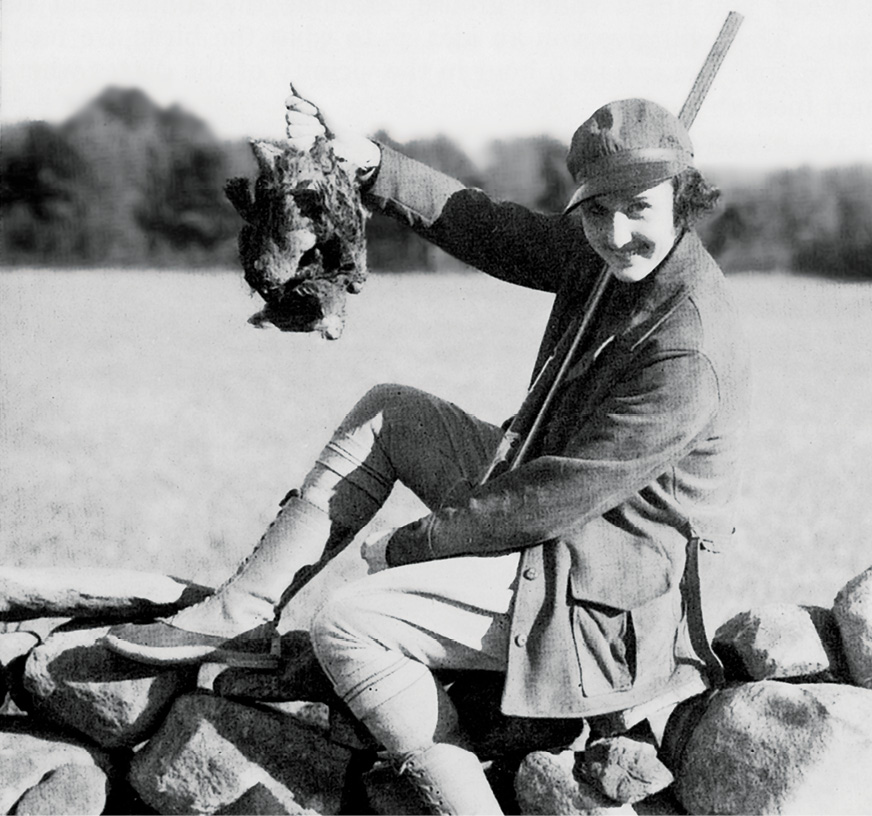Chapter 9
How to Hunt Woodcock
No state in the country offers better woodcock hunting than Maine. The birds are found in all of the coastal counties, in the central section and to some extent in the north. In addition to the thousands of woodcocks that breed and raise families in our birch and alder thickets all of the New Brunswick and Nova Scotia birds cross Maine on their Fall migration to the southern wintering grounds.
The heaviest concentrations of woodcock are undoubtedly in the expansive covers of Washington County in the eastern part of the state. In the early part of October native birds are found in almost every birch and alder stand. The coastal part of Hancock County also affords excellent shooting. There are many large covers in that section of the state; areas so large that a hunter can spend the better part of a day in one cover.

One day’s bag limit of four Woodcock.
In the central and western parts of Maine the hunting, for the most part, will be in smaller sections. Lincoln, Knox, Waldo and parts of Kennebec County also afford excellent shooting, mainly in covers that hold from four to a dozen birds at the beginning of the season; more when the flight is underway. Many of these are large enough to accommodate a hunting party of four; others can best be hunted by two men.
The first week of the open season (usually the first of October) may be the surest time to find an abundance of woodcock in Maine. One is sure of finding native birds in the coastal and central sections.
As every veteran woodcock hunter knows it is not possible for us to predict the flight movements; the migrations are guided pretty much by weather conditions. Normally, however, the heavy migration will be about the middle or last of October.
Hunters who have their own dogs and who know woodcock covers when they see them, will have no difficulty in finding good shooting during the Maine season. Since the hunting period is set by Federal authorities it is not possible for me to give the dates in this book. In recent years, however, the period has been in October.
A copy of the Federal migratory bird regulations, issued annually in August, and available from the Fish and Wildlife Service in Washington, D.C., will provide the dates, bag limit, and all other data on the woodcock season.